Custom Newborn Clothes Manufacturers: Top Tips for Finding the Best Providers in 2025
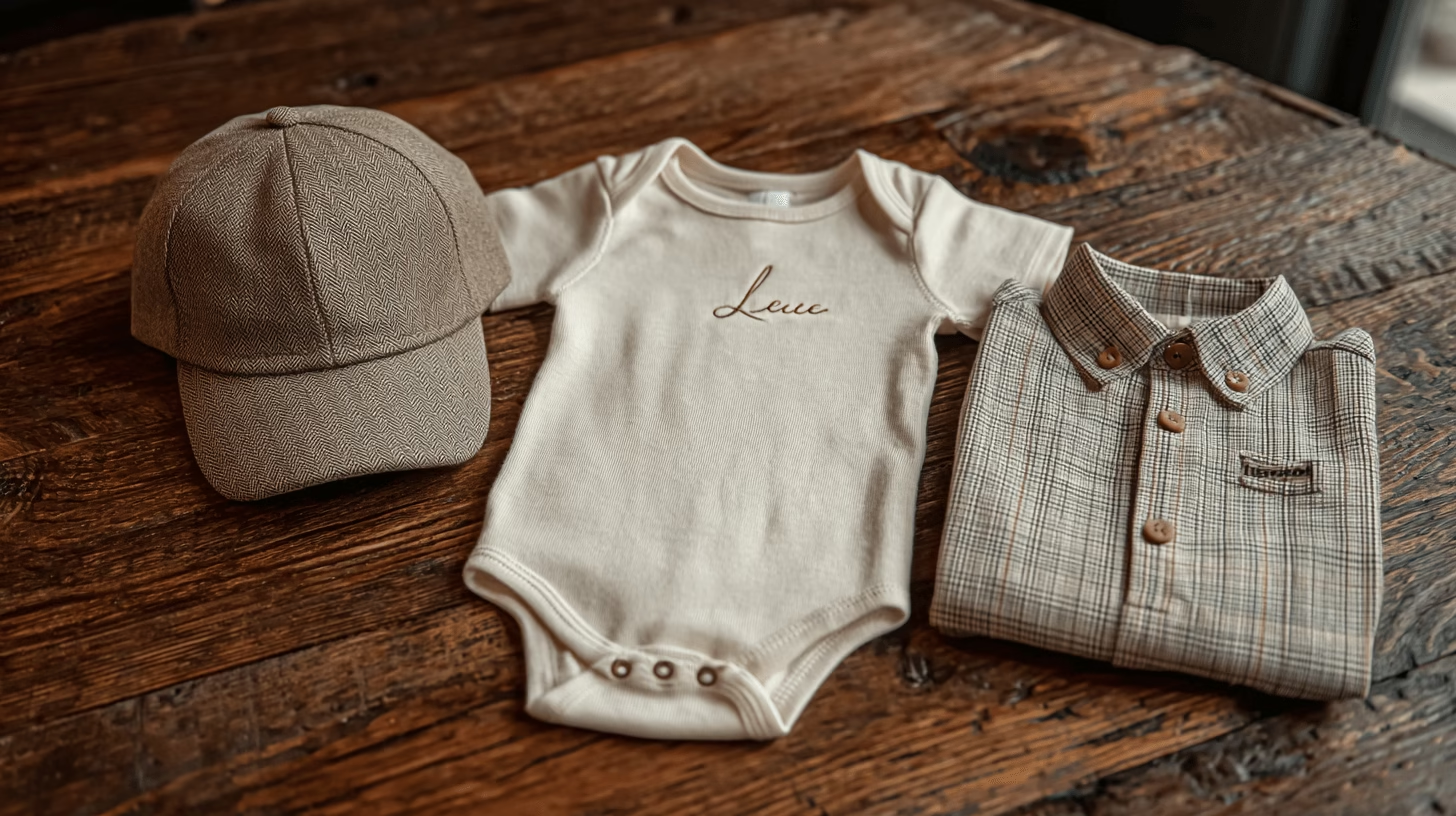
Introduction
When it comes to dressing your newborn, comfort and style are key! But did you know that many parents are now turning to custom newborn clothes manufacturers for unique, personalized apparel? Whether you’re looking for one-of-a-kind designs, organic fabrics, or special branding for a baby clothing line, finding the right manufacturer is crucial. In this article, we will guide you through how to choose the best manufacturers for custom newborn clothes, the benefits of customization, and what to look out for in 2025!
The Children’s Place Brand Overview
2.1 A Brief History of Children’s Place
Children’s Place was founded in 1969 and has since grown into one of the leading retailers for children’s apparel worldwide. With its emphasis on providing trendy yet affordable clothing, the company has become a household name for parents looking to dress their children in stylish outfits without breaking the bank. Over the years, the brand has expanded its reach, offering clothing and accessories for children from newborns to pre-teens.
As the brand’s market position evolved, Children’s Place focused on maintaining a balance between high-quality materials and cost-efficient production methods. This led to the company relying heavily on international manufacturing, particularly in China, to meet global demand.
2.2 Their Market Position and Global Reach
Children’s Place is one of the largest children’s retailers in North America and operates hundreds of stores across the United States and Canada. In addition to its robust physical store presence, the brand also has a strong online presence, offering a vast selection of clothing and accessories to customers around the world.
The brand’s global reach is part of its strategy to become the go-to destination for affordable children’s fashion. To support this widespread market presence, Children’s Place relies on a global supply chain with factories in multiple countries, with China being a key manufacturing hub.
2.3 Supply Chain Strategy and Focus on China
A significant portion of Children’s Place clothing is produced in China due to the country’s well-established garment manufacturing infrastructure. By partnering with Chinese manufacturers, the brand is able to maintain a steady flow of products, meet international demand, and offer competitively priced clothing. However, managing a global supply chain comes with its challenges, which we’ll dive into further in the upcoming sections.
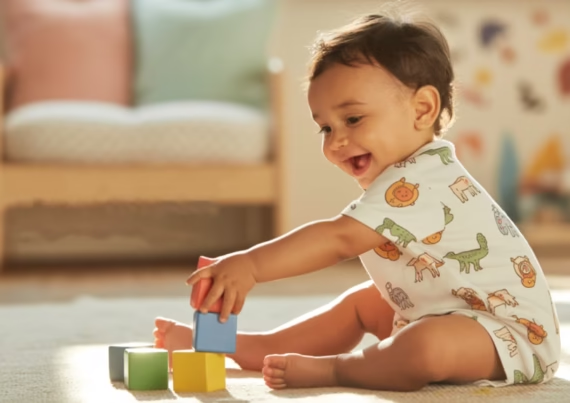
With 17 years of experience, petelulu provides a full range of
manufacturing services from design to delivery.
Start from scratch , Create your own brand.
17+
serving top 10 American brands
15+
serving top 10 Australian brands
12+
serving top 10 European brands
Contact us to get the quote.👇
Manufacturing Locations in China
3.1 Overview of Key Manufacturing Hubs in China
China has long been known as the world’s factory, with a vast network of garment manufacturing hubs spread across the country. Key areas where Children’s Place sources its clothing include cities like Guangzhou, Dongguan, Shenzhen, and Suzhou. These locations are well-equipped with the necessary infrastructure, skilled labor, and technology to produce large volumes of high-quality garments efficiently.
3.2 Insights into the Specific Regions Where Children’s Place Clothes Are Produced
While Children’s Place doesn’t disclose all of the specific factories it works with, it is widely known that the company partners with manufacturers in Guangdong province and Zhejiang province. These regions are famous for their established garment industries and are home to factories that specialize in producing high-quality clothing for international brands. By working with these factories, Children’s Place is able to maintain consistency in the quality of their products.
In addition to these hubs, smaller manufacturers are located in other areas of China, which focus on niche garment production, catering to the specific needs of brands like Children’s Place. These factories help diversify the manufacturing process, allowing the brand to source different types of clothing at scale.
3.3 A Closer Look at High-Volume Garment Factories
The factories responsible for producing large volumes of Children’s Place garments are often multi-faceted facilities capable of handling various stages of production, from fabric cutting to final garment assembly. These high-volume factories are equipped with automated machines that help streamline production while ensuring consistency and speed.
In these factories, skilled workers are involved in the manufacturing process, from stitching and assembly to finishing touches. As Children’s Place sources millions of units annually, these high-output factories play a crucial role in maintaining the brand’s supply chain efficiency.
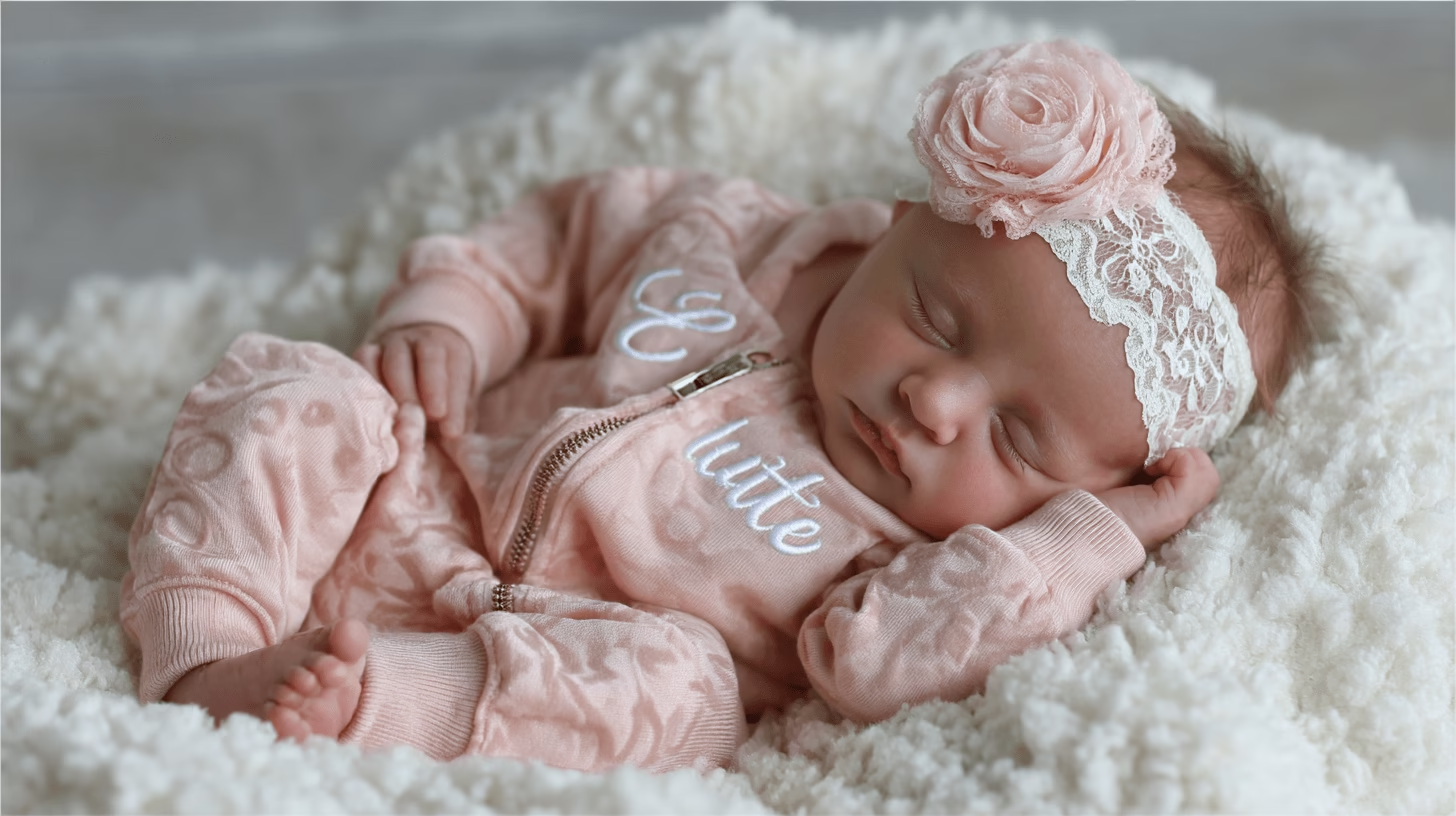
How Children’s Place Ensures Quality in Chinese Manufacturing
4.1 Quality Control Measures Adopted by Children’s Place
Maintaining high-quality standards in manufacturing is critical for a brand like Children’s Place, where parents expect durability and safety in their children’s clothing. To ensure quality, Children’s Place implements a rigorous quality control process that begins with raw materials and continues throughout the entire production cycle.
The company conducts in-depth inspections of the fabrics and materials used in their garments to ensure they meet both safety and durability standards. Once production starts, garments undergo multiple stages of testing, including checks for stitching, finishing, and overall quality.
4.2 Partnerships with Manufacturers to Meet Global Standards
Children’s Place works closely with its manufacturing partners in China to align with global production standards, such as those outlined by organizations like the Global Organic Textile Standard (GOTS) and the International Labour Organization (ILO). These partnerships ensure that the factories adhere to environmental regulations, quality assurance practices, and ethical labor standards.
By establishing long-term relationships with trusted manufacturers, Children’s Place can maintain control over its product quality and ensure that its garments meet the company’s specifications.
4.3 Role of Third-Party Inspections
To further safeguard the quality of their clothing, Children’s Place employs third-party inspections. Independent inspection agencies visit the factories regularly to assess production conditions, verify compliance with safety standards, and ensure the products meet international regulations.
These inspections help Children’s Place identify any potential issues in the production process early on and address them before the clothing reaches the market. It’s a critical part of the brand’s commitment to offering safe and durable clothing to parents.
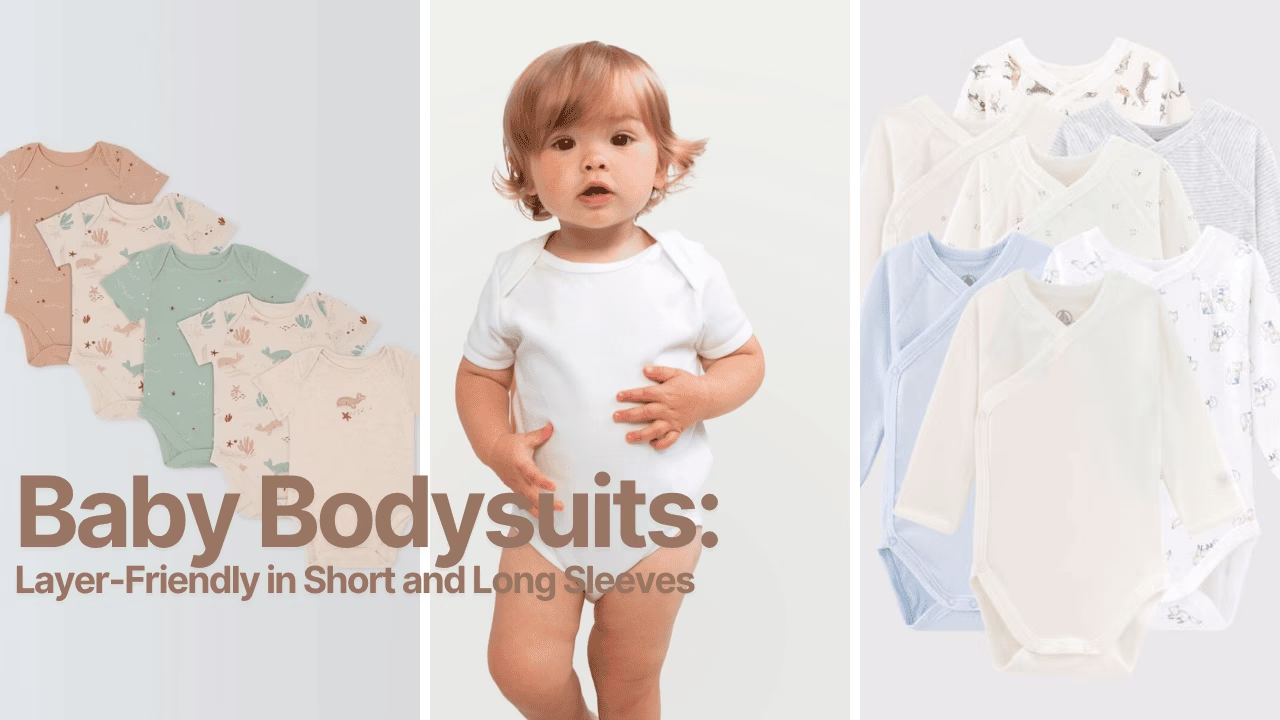
Ethical Considerations in Chinese Manufacturing
5.1 Addressing Labor Conditions in Chinese Factories
When it comes to manufacturing in China, one of the primary concerns is the labor conditions within factories. Many global brands face criticism for working with factories that may not meet fair labor standards, including worker safety, wages, and working hours. Children’s Place is no exception in dealing with these concerns, and the brand has taken steps to ensure that its manufacturing partners adhere to international labor standards.
Children’s Place is committed to providing safe and fair working conditions for the employees at its partner factories. This commitment is part of the company’s broader initiative to align its production practices with global ethical standards. The brand conducts regular audits of its manufacturing facilities to ensure they are compliant with labor laws and that workers are treated fairly.
5.2 Fair Wages and Ethical Practices
Fair wages are another crucial aspect of ethical manufacturing, and Children’s Place is dedicated to ensuring that workers in Chinese factories receive appropriate compensation. The brand partners with factories that pay their workers above the local minimum wage, ensuring that employees can maintain a decent standard of living.
Additionally, Children’s Place collaborates with its manufacturing partners to provide benefits and services to workers, including healthcare and housing support in some cases. The brand also emphasizes the importance of respecting workers’ rights to unionize and engage in collective bargaining, where applicable.
5.3 Sustainability and Social Responsibility Initiatives
Children’s Place has also made strides toward incorporating sustainable practices into its manufacturing processes. The brand recognizes the environmental impact of large-scale garment production and is working to mitigate it by encouraging factories to adopt more sustainable practices.
This includes reducing water consumption, using eco-friendly dyes, and minimizing waste during the production process. Children’s Place has also committed to sourcing materials that meet sustainability certifications, ensuring that its garments are produced with minimal harm to the environment.
Social responsibility is also a core value for the brand, and it has implemented several initiatives to give back to the communities where its factories are located. These initiatives include supporting local schools, providing educational programs for workers, and promoting worker empowerment through skills training.

With 17 years of experience, petelulu provides a full range of
manufacturing services from design to delivery.
Start from scratch , Create your own brand.
17+
serving top 10 American brands
15+
serving top 10 Australian brands
12+
serving top 10 European brands
Contact us to get the quote.👇
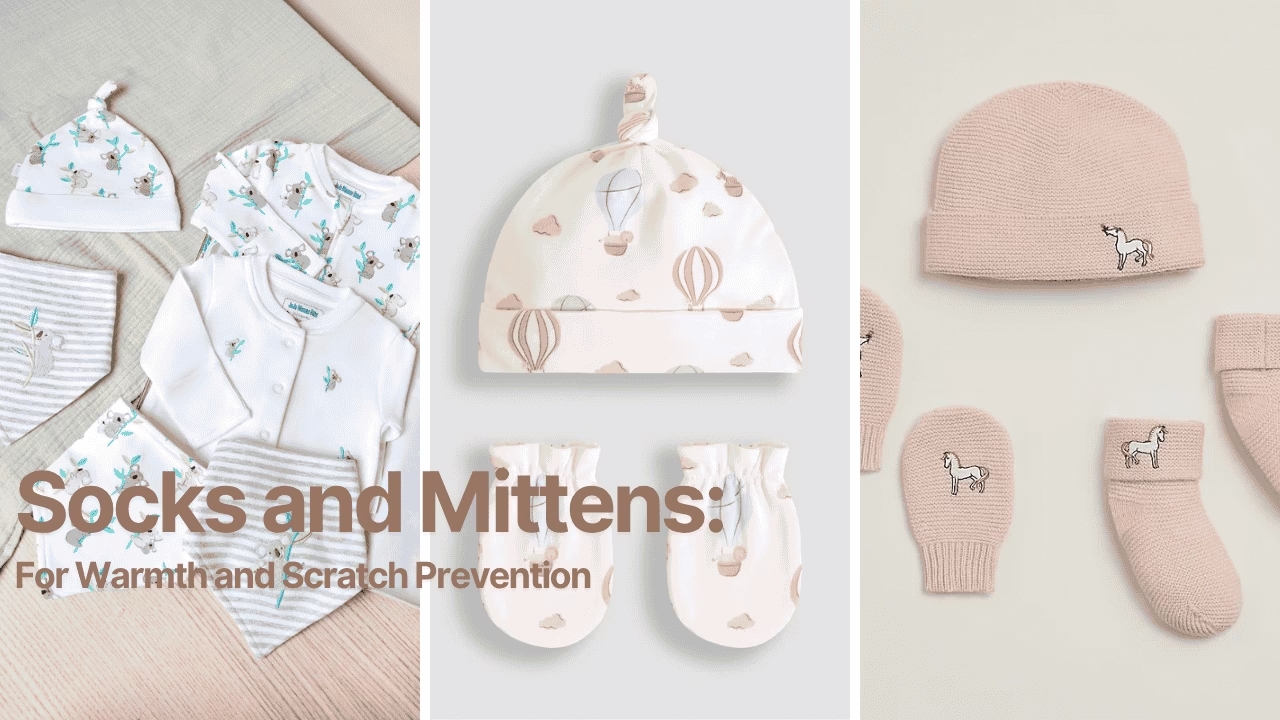
Challenges of Manufacturing in China
6.1 Common Challenges Faced When Manufacturing in China
While China remains a global leader in garment manufacturing, producing goods in this country comes with its own set of challenges. Children’s Place faces several hurdles when managing its supply chain in China, ranging from labor concerns to logistical issues. One of the most pressing challenges is the fluctuating cost of production due to labor shortages and rising wages in certain regions.
Logistical challenges, such as transportation delays and the management of large-scale production runs, can also disrupt the flow of products. With the global demand for children’s apparel constantly evolving, Children’s Place must maintain a balance between speed, efficiency, and cost-effectiveness.
6.2 How Children’s Place Navigates These Hurdles
To navigate these challenges, Children’s Place has developed a robust supply chain management system. The company works closely with logistics partners to streamline the transportation process and minimize delays. In addition, Children’s Place is committed to diversifying its supplier base, ensuring that it doesn’t rely on a single factory or region for production. By having multiple factories in various regions, the brand can maintain flexibility and respond more quickly to changing market conditions.
Additionally, Children’s Place has established strong relationships with its Chinese manufacturing partners, allowing them to collaborate on solutions to rising costs and labor shortages. By fostering these partnerships, the brand ensures a smoother production process and a higher level of reliability from its factories.
6.3 Impact of Global Trade Dynamics on Pricing and Production
Global trade dynamics, including tariffs and trade policies, can significantly impact manufacturing costs in China. In recent years, the ongoing trade tensions between the U.S. and China have led to the imposition of tariffs on many imported goods, including apparel. This has created an additional financial burden for companies like Children’s Place, who rely on Chinese manufacturing for a significant portion of their clothing.
To mitigate these costs, Children’s Place continuously monitors global trade policies and adjusts its pricing strategies accordingly. In some cases, the company may look to shift some production to other countries if tariffs or other factors make it less cost-effective to manufacture in China. Nevertheless, China remains a key player in the global garment manufacturing industry, and Children’s Place continues to rely on its factories for high-quality, affordable clothing.
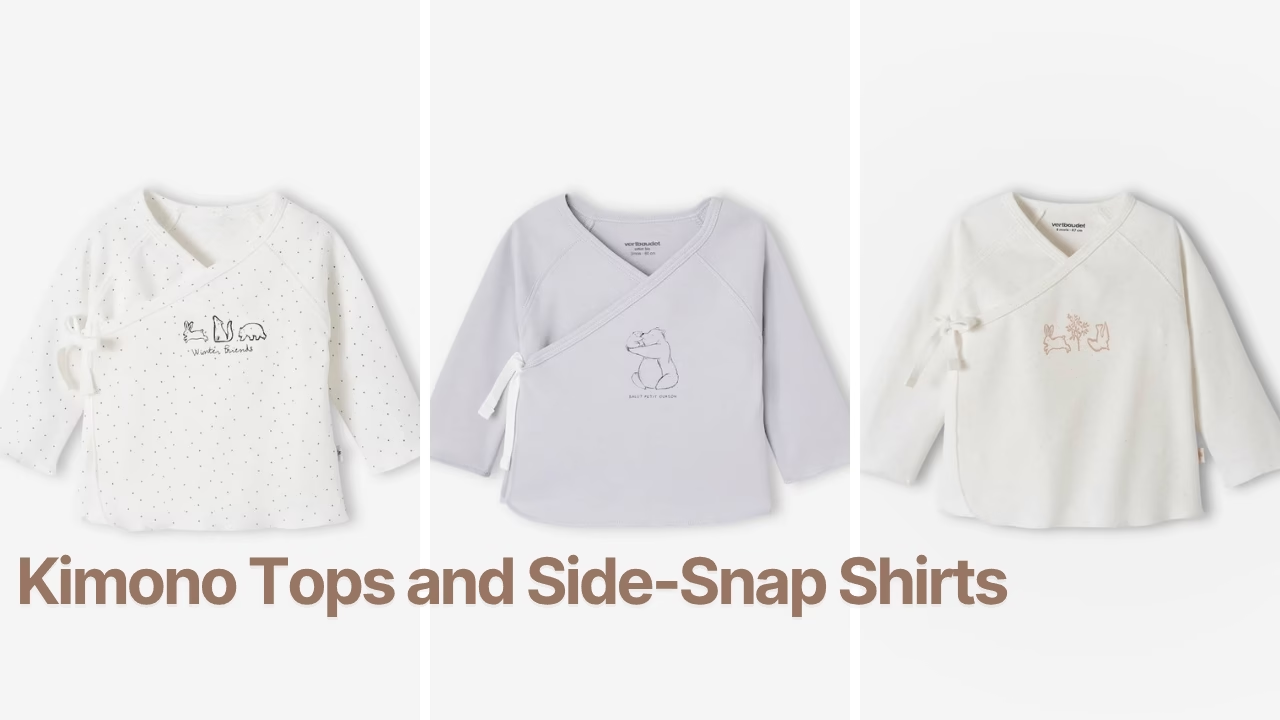
Conclusion
In conclusion, Children’s Place has established a successful and efficient network of Chinese manufacturers to produce the majority of its clothing. The company’s commitment to affordability, quality, and ethical manufacturing practices has allowed it to maintain its position as a leading retailer in the children’s apparel market. By focusing on quality control, ensuring fair labor practices, and adopting sustainable production methods, Children’s Place strives to meet the expectations of parents and children alike.
Despite the challenges of international manufacturing, including labor concerns and global trade dynamics, Children’s Place remains a dominant force in the retail industry. Its ability to navigate these hurdles and adapt to the ever-changing global market is a testament to its success and dedication to providing high-quality products at an affordable price. As a parent shopping for your child’s wardrobe, knowing where these clothes are made and how they are produced gives you peace of mind about the choices you’re making for your family.
FAQs
1. Where are Children’s Place clothes made?
Children’s Place clothes are primarily made in China, where the brand partners with various factories located in garment manufacturing hubs like Guangdong, Zhejiang, and other regions.
2. Does Children’s Place ensure the ethical treatment of workers in China?
Yes, Children’s Place ensures that workers in its Chinese partner factories are paid fair wages and work under safe and humane conditions. The brand works closely with its manufacturing partners to maintain these standards.
3. How does Children’s Place maintain quality in its products?
Children’s Place implements strict quality control measures, including third-party inspections, to ensure that their products meet safety, durability, and design standards. They also collaborate with experienced manufacturers who adhere to global quality standards.
4. What challenges does Children’s Place face with manufacturing in China?
The brand faces several challenges, including rising production costs, labor shortages, and logistical issues. However, Children’s Place has adapted by diversifying its suppliers and streamlining its logistics to mitigate these challenges.
5. Are there sustainability practices in place for manufacturing Children’s Place clothes?
Yes, Children’s Place has committed to sustainable practices, including using eco-friendly materials, reducing water usage, and minimizing waste. The company works with its factories to implement these practices and improve environmental impact.

With 17 years of experience, petelulu provides a full range of
manufacturing services from design to delivery.
Start from scratch , Create your own brand.
17+
serving top 10 American brands
15+
serving top 10 Australian brands
12+
serving top 10 European brands
Contact us to get the quote.👇
About the author
Xhiney, founder of Petelulu, brings over 20 years of experience in children’s wear design, production, and international trade. A contributor to Children’s Wear and Junior magazines, Xhiney has spent 17 years working with high-end children’s wear brands in Europe and the U.S., offering expert insights and support.
